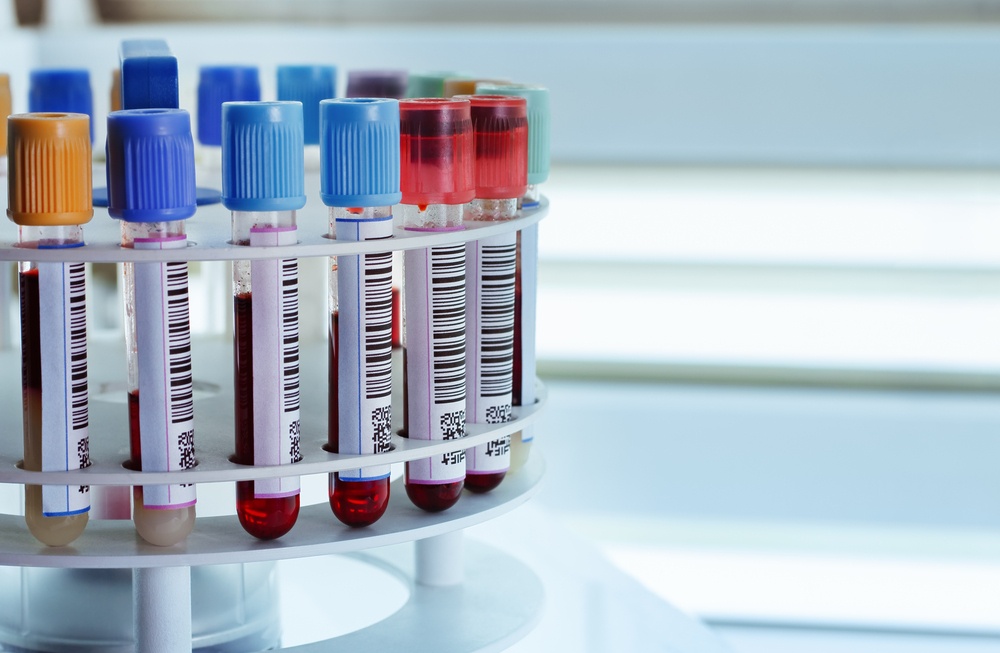Medical Device Manufacturers Can Reap the Benefits of Digital Printing

The Medical Device market is a great fit for Digital Printing methods, despite the fact that the technology may be under utilized. In fact, out of all Healthcare Markets, it may be the best fit for Digital Printing. With its numerous benefits, there’s very little reason not to consider utilizing Digital Printing. Using Digital Printing, Medical Device companies can benefit from lower costs for short runs, reduced inventory and obsolescence, as well as other important advantages.
Reduce overhead with Digital Printing
Medical Device Manufacturers typically rely on shorter runs because of the nature of their products. While Pharmaceutical companies create medications that may be taken daily, many medical devices are used less often. This means Medical Device Companies often need to order more SKUs in smaller amounts to accommodate their customers’ needs. While conventional printing methods may be useful for items like single-use syringes, which are used frequently, packaging for items that are used less often can easily and cost-effectively be printed in small to medium size runs using Digital Printing. The up-front costs of wider web conventional printing result in companies ordering larger amounts of product for items that are likely to sit in inventory for long periods of time. In a regulatory environment that is frequently changing, excess inventory can quickly become obsolete, leading to a significant increase in total/overall costs. Government regulations change, and having a stock room full of packaging that is no longer FDA-compliant can be costly for manufacturers. Digital Printing methods lower the overall costs of printing so companies can order shorter runs for SKUs that users need less frequently, allowing Medical Device Manufacturers to lower printing costs, order fewer SKUs, and reduce inventory.
Industry changes could create a greater need for Digital Printing
For Medical Device Manufacturers, now may be an especially good time to transition to Digital Printing. In January, President Barack Obama signed into law the Medical Device Manufacturing tax, which will require manufacturers and importers to pay 2.3 percent tax on certain products, including clinical medical devices, such as stents, catheters and defibrillators, Deseret News reported. The tax is supposed to raise $30 billion in the next decade for the Affordable Care Act. While beneficial for consumers, Medical Device Companies are concerned about how the new tax will affect their bottom lines. Reducing overall costs by transitioning to Digital Printing now could help these companies stay ahead of the game and increase profit margins moving forward. The Medical Device Manufacturing Tax isn’t the only new development to affect this particular market. The Unique Device Identification system rule, passed by the Food and Drug Administration, will start on September 24. At this point, all Class III devices will need to have a UDI on their labels and packaging, and in some cases, on the device itself. According to a blog post from Jeffrey Shuren, director of FDA’s Center for Devices and Radiological Health, the purpose of the ruling is to more effectively identify and track medical devices throughout their distribution and use. The UDI will be in the form of a barcode or other machine-readable format. The codes may also be integrated in electronic health records and other central data systems. Overall, the ruling will increase the need for variable data printing, which can be more easily accommodated with Digital Printing. It’s advisable for Medical Device Manufacturers to begin preparing for these changes soon, so they can remain ahead of the curve. Switching to Digital Printing now could make it easier to integrate the changes necessary for the UDI regulation and help manufacturers lower costs. Overall, Digital Printing is a great fit for Medical Device Manufacturers who are looking at a variety of issues.
Sources cited:
- https://www.deseret.com/2014/1/22/20533637/utah-medical-device-manufacturer-says-affordable-care-act-tax-will-hurt-innovation#sen-orrin-hatch-r-utah-talks-during-a-press-conference-at-bd-medical-in-sandy-wednesday-jan-22-2014-at-right-is-kimball-thompson-of-bioutah
- http://www.medtech.org/news/global.aspx?recid=4174
- http://blogs.fda.gov/fdavoice/index.php/2013/09/identifying-medical-devices-will-strengthen-safety/
Subscribe
to Nosco News and get the latest sent to your inbox.
